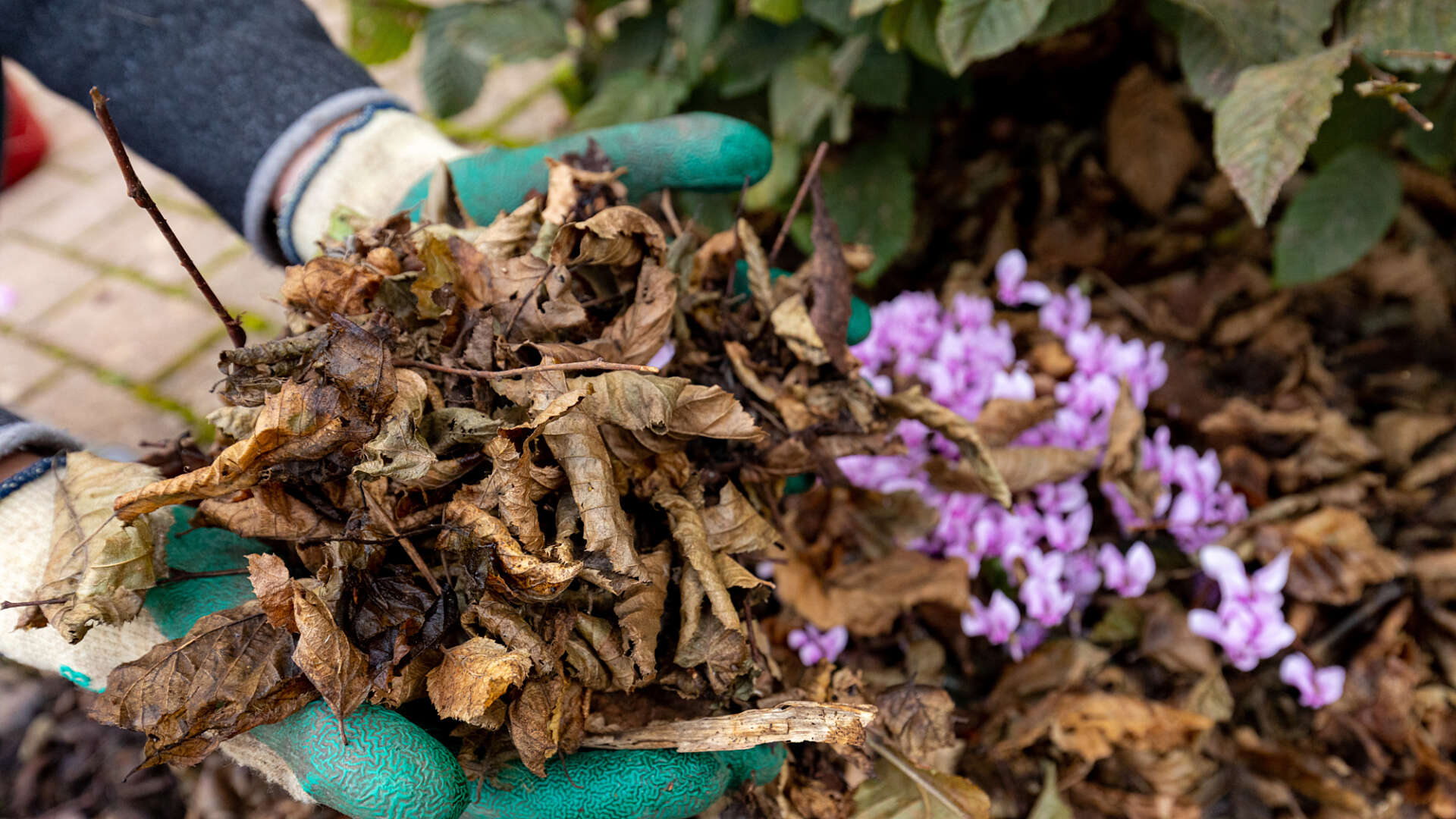Chris Collins on…leaves and leafmould

There are few more impressive sights than the natural display of plants as they prepare for their winter sleep. Plants are truly wise creatures: sensing the cold and shorter days are closing in, they take their leaves and rest until the better times return.
The hard-working chlorophyll in the leaves breaks down as a result of less sunlight. And pigments such as xanthophyllous, anthocyanins and carotenoids that were previously masked, are now centre stage. It's these pigments that produce the stunning colours of our autumn season.
And let us not forget the importance of this period of dormancy to our soils. This seasonal cycle is crucial for natural renewal. Falling leaves break down to provide a vital soil conditioner and boost plant health from the roots up. Each autumn the gardener is blessed with a huge gift of falling leaves. If you can leave them in place such as a border then do so, let the micro-bacteria and worms absorb them into the soil.
Make your own leafmould
If you don't want leaves on the lawn or fear they may be a hazard on paths, then sweep them up and store in a cage. This can be easily constructed from a couple of pieces of wood and some chicken wire. Place directly on the soil somewhere shady and the leaves will gradually breakdown. In 18 months, they can be returned to the soil – laid on top as a mulch. The process can be slow, but it’s worth the wait. If you want to speed it up, add grass clippings and turn from time-to-time, adding water to keep the pile in a moist condition.
Favourite leaf colours
Here in London, November seems to be the peak month for autumnal colour these days - although predicting the seasonal shift gets harder thanks to climatic changes. Birch trees close to my property were still holding leaves at Christmas last year.
One of my favourite autumn plants is Acer ‘Blood Good’, a hardy Japanese maple with purple foliage that gradually turns to an incredible scarlet red. The change is relatively slow, so you really get your money’s worth. The magnificent birch (Betula pendula) is a proud native tree with magnificent form and beautiful bright yellow autumnal colour. Similarly, the spindle bush (Euonymus alatus) changes to a bright red autumn display that demands our attention.
It’s not just about leaf colour, however. I have to mention our friends the conifers, whose subtle changes are never forgotten once observed. The white cedar (Thuja occidentalis) ‘Rheingold’ is a ground cover conifer that lives up to its name by turning a golden haze at this time of year, it also provides excellent cover for small bird life.
Natures cycle of rest and rejuvenation is a gift to us all so make sure you get out and make the most of it.
Chris Collins